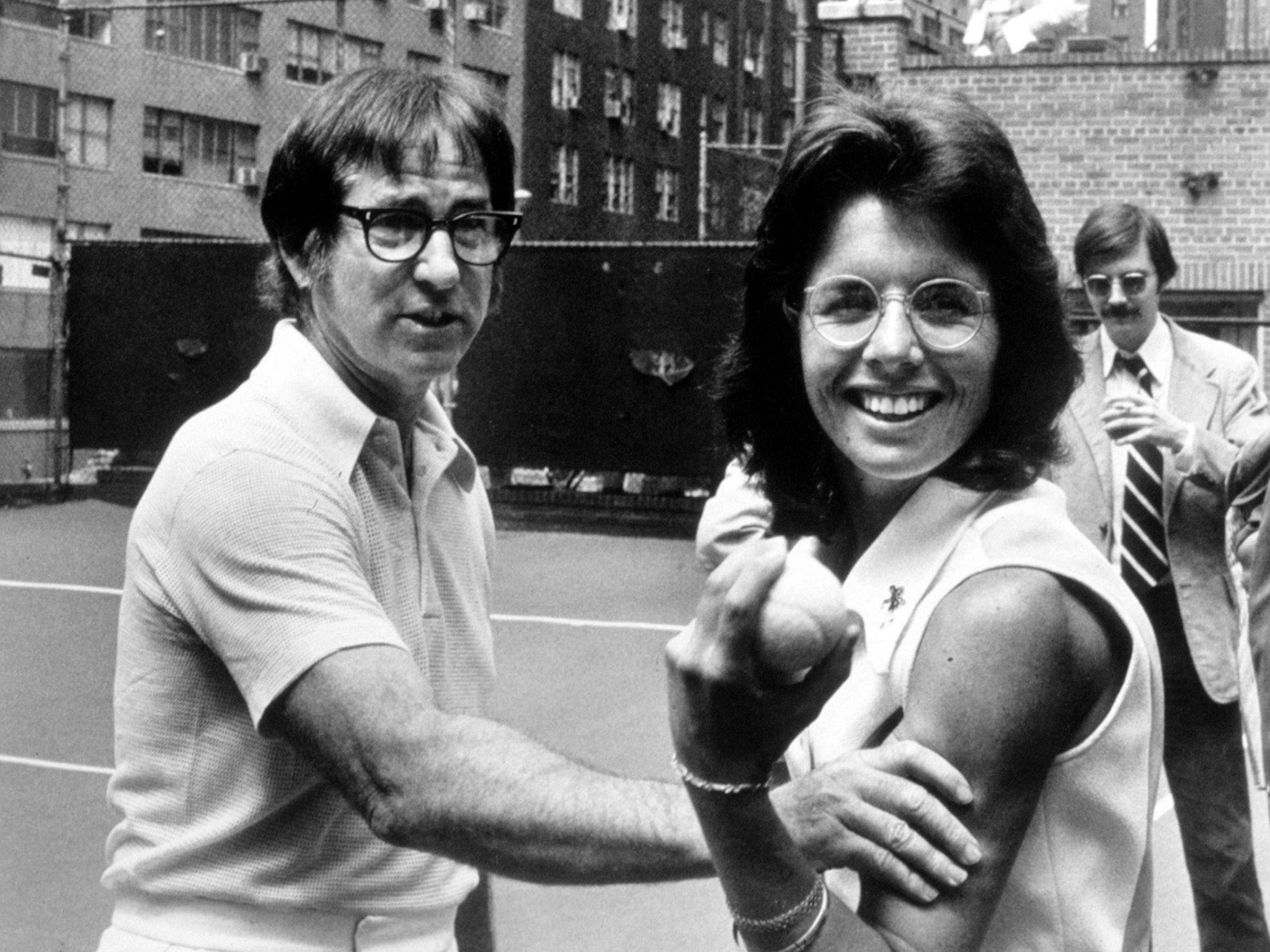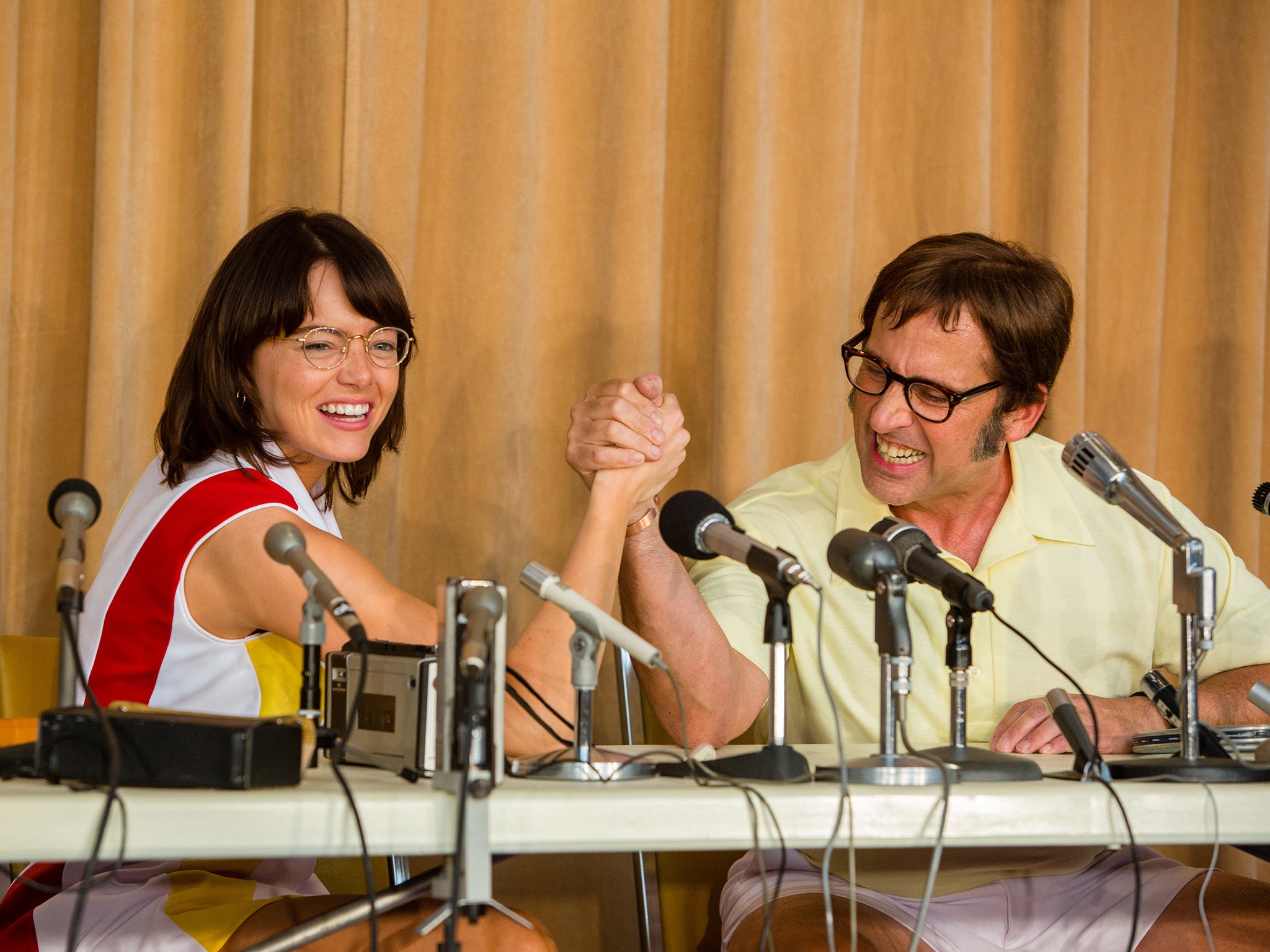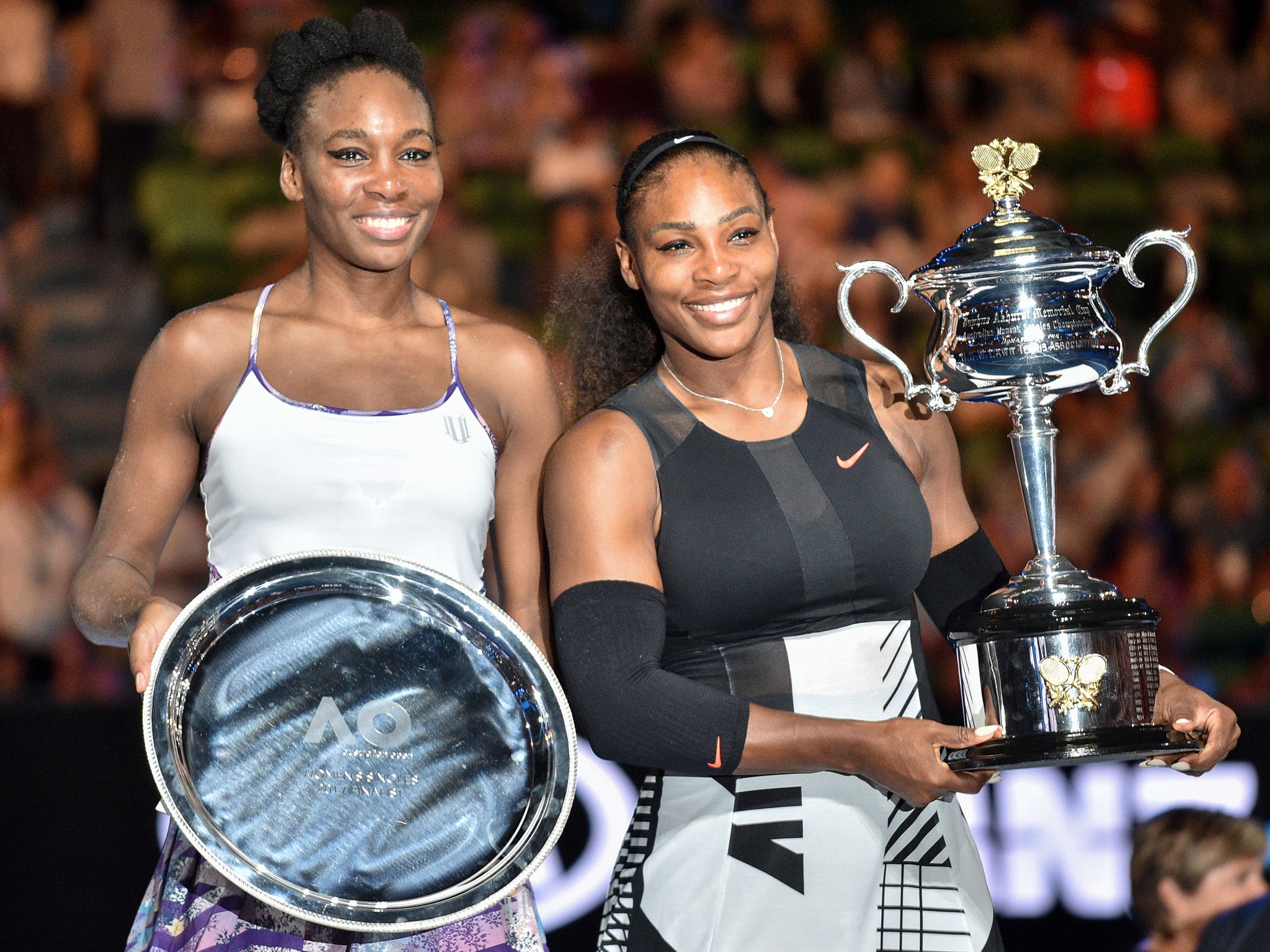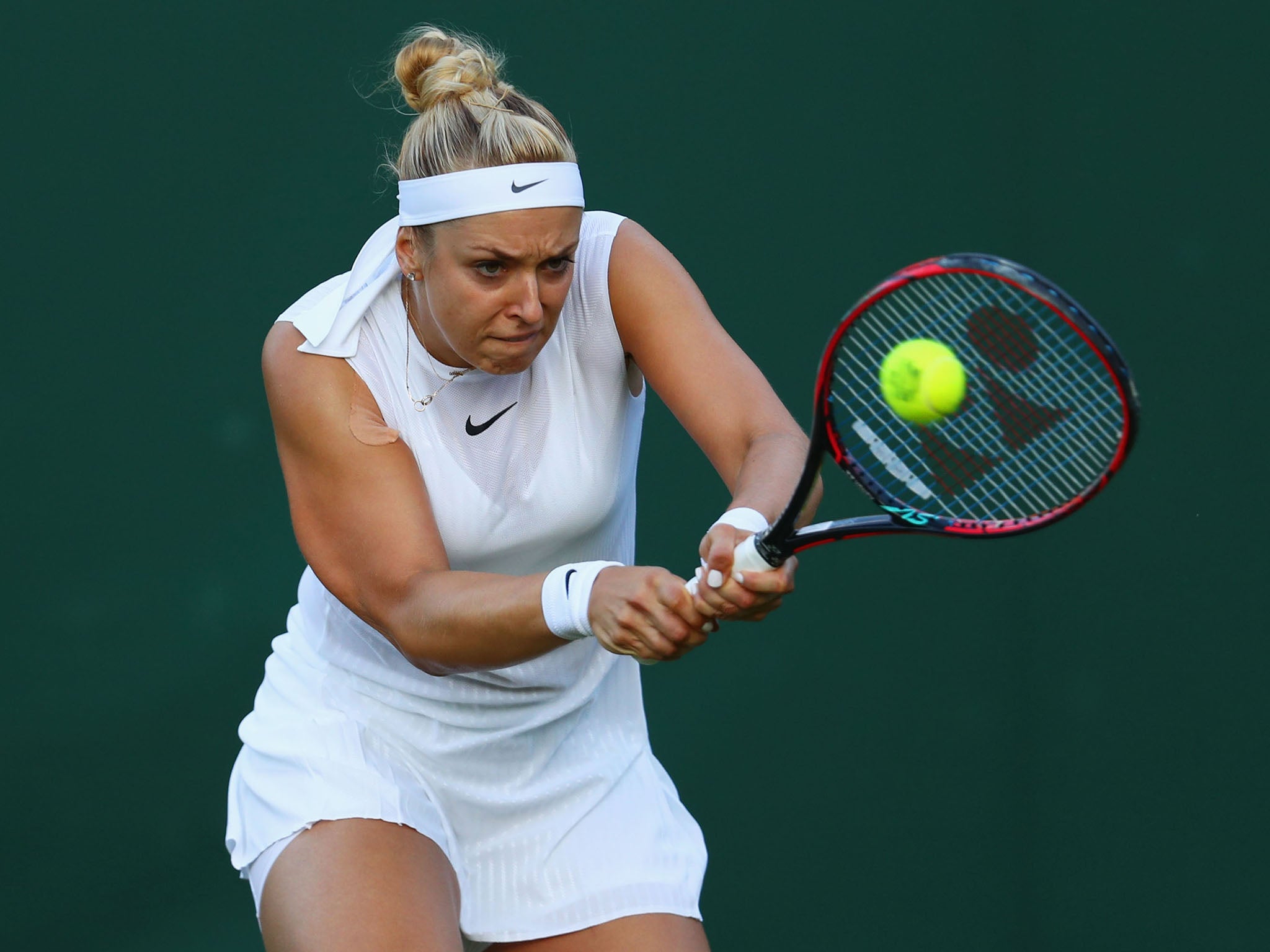Battle of the Sexes: four decades after Billie Jean King’s triumph, women still fight for equal billing in sports
The famous tennis match between Billie Jean King and Bobby Riggs attracted 90 million viewers in 1973 – and now it’s been made into a Hollywood film. But 40 years since King’s victory, has anything really changed?

Your support helps us to tell the story
From reproductive rights to climate change to Big Tech, The Independent is on the ground when the story is developing. Whether it's investigating the financials of Elon Musk's pro-Trump PAC or producing our latest documentary, 'The A Word', which shines a light on the American women fighting for reproductive rights, we know how important it is to parse out the facts from the messaging.
At such a critical moment in US history, we need reporters on the ground. Your donation allows us to keep sending journalists to speak to both sides of the story.
The Independent is trusted by Americans across the entire political spectrum. And unlike many other quality news outlets, we choose not to lock Americans out of our reporting and analysis with paywalls. We believe quality journalism should be available to everyone, paid for by those who can afford it.
Your support makes all the difference.In 1973, an unusual tennis match attracted an enormous amount of attention. Around 90 million people all over the world watched the women’s champion Billie Jean King take on Bobby Riggs, who had been men’s world number one in the 1940s. Dubbed the Battle of the Sexes, it was arranged after Riggs repeatedly poured scorn on women’s tennis.
Before the match, the players exchanged gifts. Bobby gave Billie a giant Sugar Daddy lollipop. She returned the gesture by presenting him with a pig. The symbolism wasn’t meant to be subtle. This was a match between feminism and chauvinism – and much more was at stake than the $100,000 (£7,560) prize money, especially for King. She had left the professional tour, due to the earning disparity (men received 12 times as much as women in some events) and was leading the newly formed Women’s Tennis Association (WTA).
King, and feminism, triumphed in the match – she won 6-4, 6-3, 6-3. It has now been made into a film starring Emma Stone and Steve Carell. But have things really moved on since 1973?

On the surface things look pretty good. For a decade, women and men have received equal pay at all four tennis grand slams. Wimbledon was the last bastion of inequality in prize money, but eventually bowed to pressure from a host of female players, led by Venus Williams, in 2007.
Tennis is the only sport to boast a female in the Forbes Highest Paid Athletes list of 2017 (Serena Williams at #51), and draws large viewing figures in which the women at times eclipse the men.
The financial status of female tennis players has certainly evolved. But have attitudes changed enough since Riggs declared that women belonged “in the bedroom and kitchen”? The recent scandals in Hollywood and Westminster might suggest not. Even within tennis, there is still an undercurrent of chauvinism that has profound implications on female performance and participation.
Just last year Raymond Moore, boss of the Indian Wells Tournament, suggested that the WTA Tour was “very lucky” because it “rides on the coat-tails of the men”. He suggested that women players should “go down every night on [their] knees and thank God that Roger Federer and Rafa Nadal were born”. He later apologised and retracted his comments after a spate of negative responses, including from King.

Then John McEnroe claimed, that if Serena Williams played the men’s circuit, “She’d be, like, 700 in the world”. His comments led to a predictable outpouring of chauvinism on social media.
On a more positive note, Andy Murray continues to fight casual sexism with his unique blend of boredom and disdain. He corrected a journalist who stated that Sam Querrey was “the first US player to reach a major semi-final since 2009”. “Male player”, Murray reminded him, with his head almost in hands.
And when congratulated by a TV host who wrongly suggested Murray was the first player to win two Olympic golds, he shot back with a smile: “I think Venus and Serena have won about four each.” But, notwithstanding Murray’s support, there is a serious problem with the negative stereotypes that still pervade sport.
This is a phenomenon known as “stereotype threat”. The psychological effect of stereotypes and their impact on performance has been studied across myriad domains – including the effect on women in sport. So while there are obvious and observable differences between men and women, biology alone might not be the whole picture.
Women and men are operating in entirely different psychological climates. Female athletes and sports are invisible in the media, receiving only a 7 per cent share of coverage. Every time you turn on the TV or read a sports article, the coverage reinforces the the stereotype that sport is for men.
Females are also vastly outnumbered in participation. In the UK, there are 2 million fewer women than men regularly playing sport, further entrenching the view that sport is a man’s world.
If being invisible and outnumbered weren’t problematic enough, women and girls also contend with negative stereotypes that span both ends of an equally pernicious continuum from not being athletic enough, to not being feminine or pretty enough.
With all this distraction it’s a wonder that women can perform at all athletically.
And it’s no surprise that, even when sport can attract girls, those numbers plummet as girls drop out during puberty – just 12 per cent of girls aged 14 meet the official guidelines for physical activity. Love all Sport needs a culture change.
Even with the heavy psychological burden of negative stereotypes, there are amazing examples of female athleticism which don’t get the attention they deserve. There are women who can sprint 100m to within a second of Usain Bolt. That’s a 10 per cent difference, I know, but I defy anyone to claim it’s not athletic.
Sabine Lisicki rocketed a 131mph serve in 2014, faster than anything Roger Federer has hit in years. Women achieve incredible feats all the time – but for as long as comparisons are drawn with men they will continue to be ignored, and little girls will continue to be denied their role models.
To spin it a different way, no one would dare suggest that distance runner Mo Farah is less of an athlete than Bolt because he can’t run as fast. Or that boxer Manny Pacquiao is less sporty than Anthony Joshua because he doesn’t hit as hard. So why do so many men insist on comparing male and female athletes in such a pointless way?

It’s time we started really celebrating women for the work they put in and the performances they produce. Until more amazing women are visible, it will continue to be only a minority of women who survive and thrive in sport. Until we get equal opportunity, exposure and respect, to match the hard-won equal prize money, there is much work to do.
There have been gains, but attitudes still haven’t changed enough to make sport a welcome place for women. Even 44 years after King’s victory, the battle continues.
Jo Ward is a PhD candidate in psychology and a former professional tennis player and current coach. This article originally appeared in The Conversation
Subscribe to Independent Premium to bookmark this article
Want to bookmark your favourite articles and stories to read or reference later? Start your Independent Premium subscription today.
Join our commenting forum
Join thought-provoking conversations, follow other Independent readers and see their replies
Comments